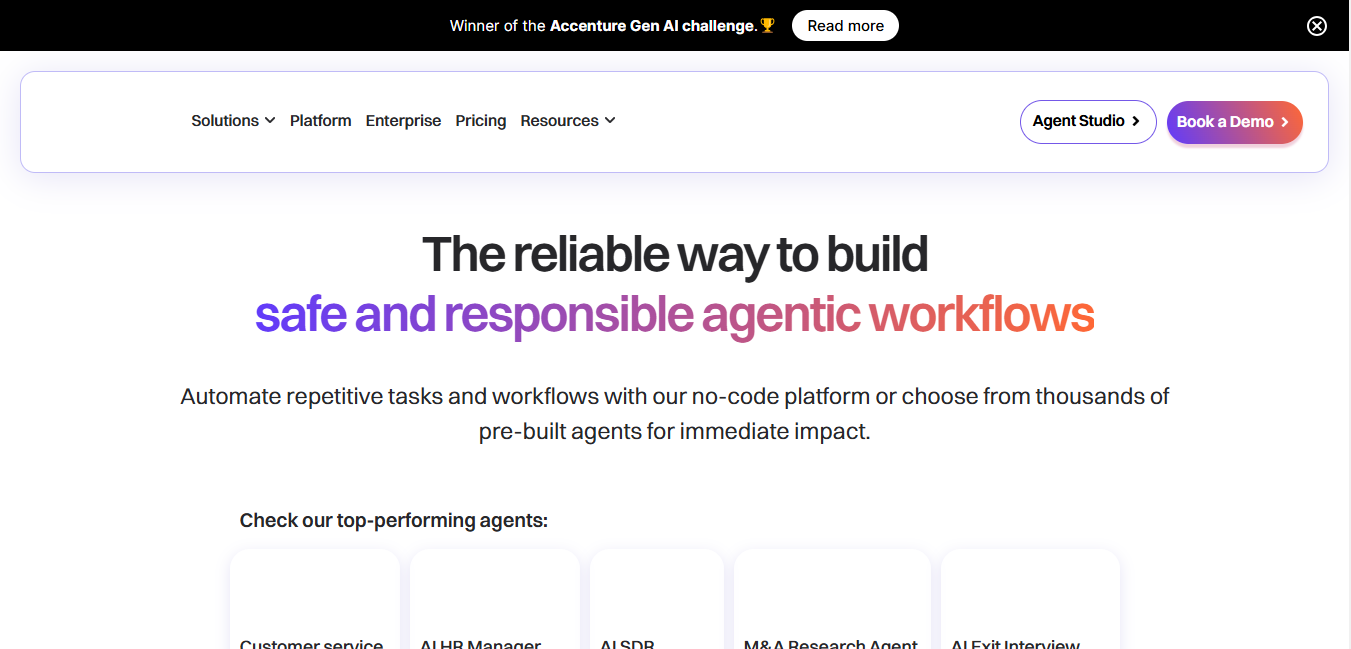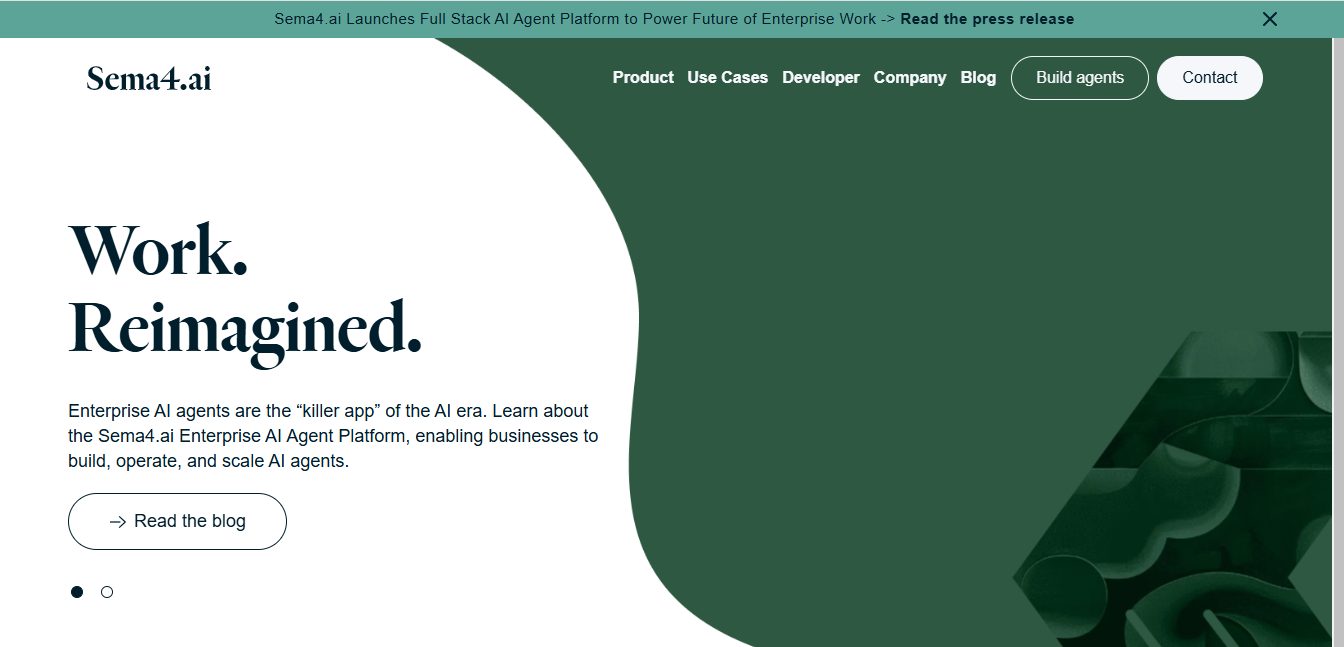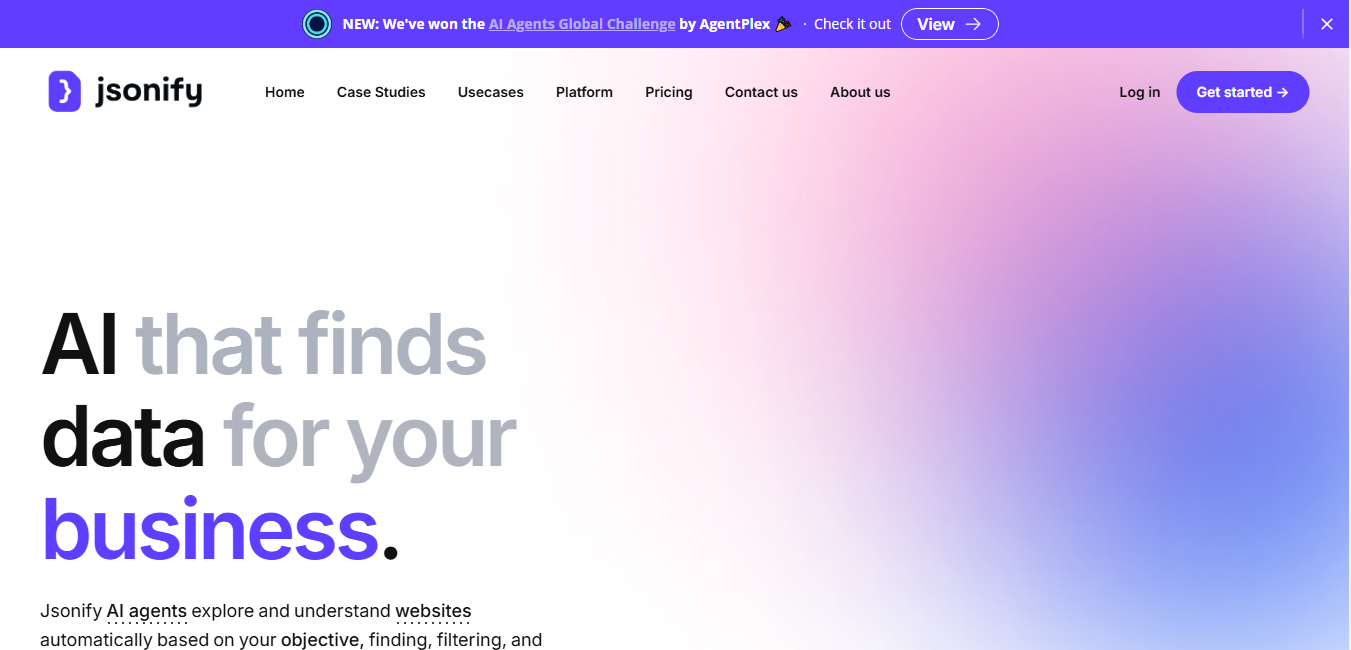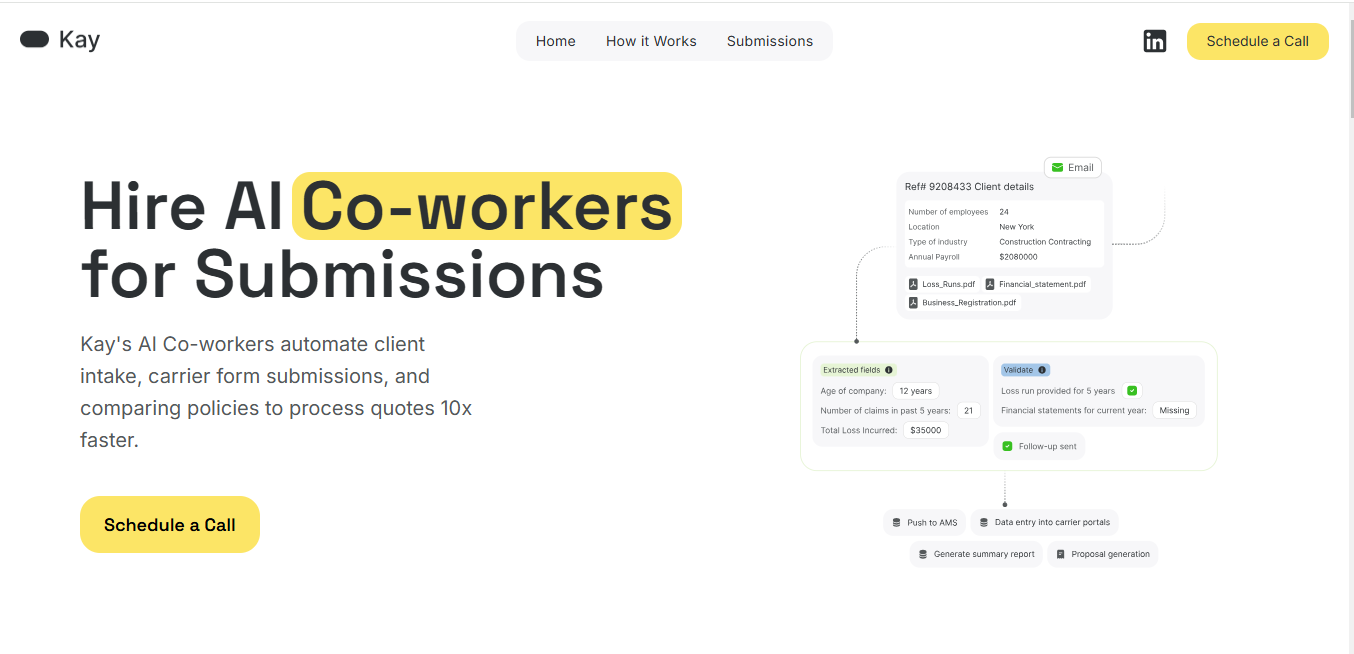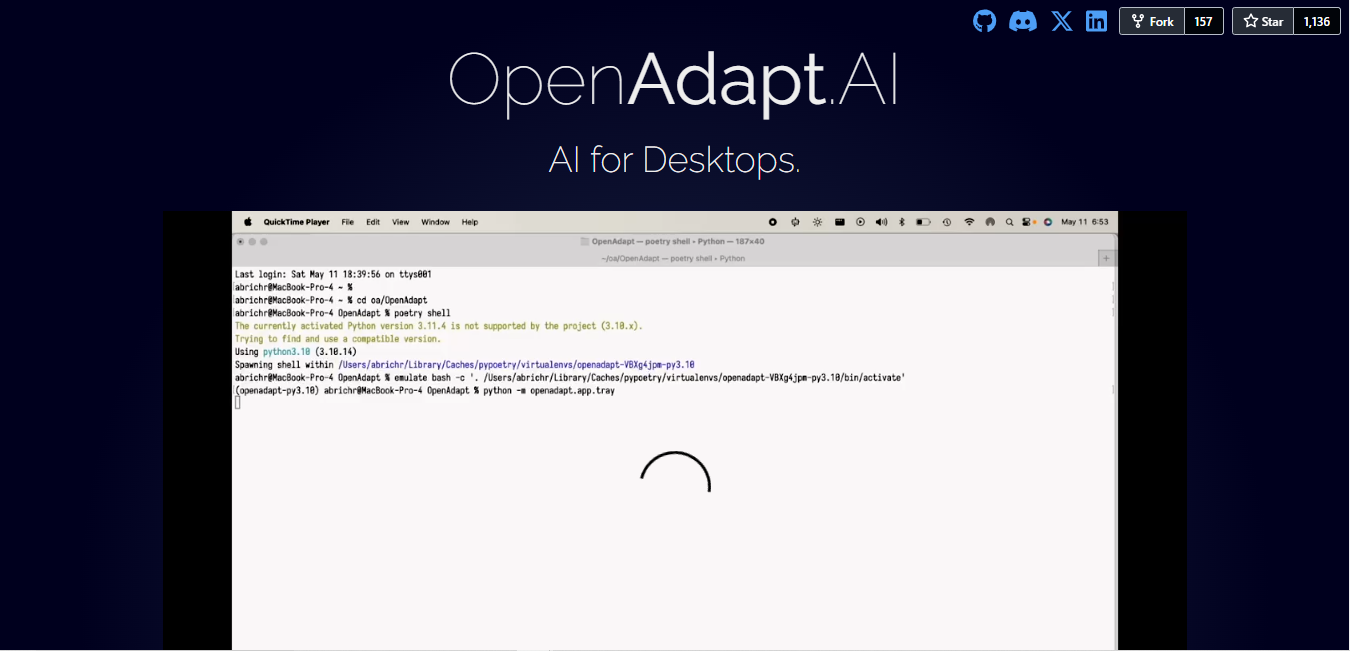
LangGraph
What is LangGraph?
LangGraph is a specialized library for creating stateful, multi-actor applications with Large Language Models (LLMs). It enables developers to build complex agent workflows through a graph-based architecture, making it easier to implement cycles, control flow, and maintain state persistence in AI applications.
Top Features:
- Cycle Implementation: creates loops and conditional flows in applications, essential for agent architectures.
- State Management: automatically saves and maintains state after each step in the graph execution.
- Human Integration: allows pausing and resuming graph execution for human approval or editing.
- Real-time Output: streams outputs as they are produced by each node in the graph.
Pros and Cons
Pros:
- Fine Control: provides detailed control over both application flow and state management.
- Built-in Memory: includes persistence features for advanced human-in-the-loop operations.
- Framework Independence: works independently without requiring the full LangChain ecosystem.
Cons:
- Learning Curve: requires understanding of graph-based architectures and state management concepts.
- Limited Documentation: documentation could be more comprehensive for complex implementations.
- Technical Complexity: might be overwhelming for developers new to agent-based systems.
Use Cases:
- AI Agents: building sophisticated AI agents that can maintain context and make decisions.
- Workflow Automation: creating complex automated workflows with human intervention points.
- Interactive Systems: developing systems that require ongoing dialogue and state management.
Who Can Use LangGraph?
- AI developers: professionals building advanced AI applications and agent-based systems.
- Software engineers: developers working on complex stateful applications with LLMs.
- Research teams: groups exploring and implementing multi-agent AI systems.
Pricing:
- Open Source: core framework available for free on GitHub.
- Commercial Platform: enterprise solution available for production deployments.
Our Review Rating Score:
- Functionality and Features: 4.5/5
- User Experience (UX): 4.0/5
- Performance and Reliability: 4.5/5
- Scalability and Integration: 4.0/5
- Security and Privacy: 4.0/5
- Cost-Effectiveness and Pricing Structure: 4.5/5
- Customer Support and Community: 3.5/5
- Innovation and Future Proofing: 4.5/5
- Data Management and Portability: 4.0/5
- Customization and Flexibility: 4.5/5
- Overall Rating: 4.2/5
Final Verdict:
LangGraph stands out as a powerful tool for building sophisticated AI agents. Despite its technical complexity, it delivers exceptional control and flexibility, making it an excellent choice for developers ready to create advanced AI applications.
FAQs:
1) How does LangGraph differ from other AI frameworks?
LangGraph specializes in stateful, cyclic workflows, unlike traditional frameworks that focus on linear processing. It excels in maintaining context and enabling complex agent behaviors.
2) Is programming experience required to use LangGraph?
Yes, LangGraph requires solid programming skills and understanding of Python, along with familiarity with graph-based architectures and AI concepts.
3) Can LangGraph handle real-time applications?
Yes, it supports real-time streaming and can manage long-running processes with built-in features for handling concurrent requests.
4) What type of applications can be built with LangGraph?
LangGraph is ideal for building AI agents, chatbots, automated workflow systems, and any application requiring persistent state and complex decision-making.
5) Does LangGraph support integration with other AI tools?
Yes, while it works well with LangChain, it's designed to be framework-agnostic and can integrate with various AI tools and services.
Stay Ahead of the AI Curve
Join 76,000 subscribers mastering AI tools. Don’t miss out!
- Bookmark your favorite AI tools and keep track of top AI tools.
- Unblock premium AI tips and get AI Mastery's secrects for free.
- Receive a weekly AI newsletter with news, trending tools, and tutorials.

